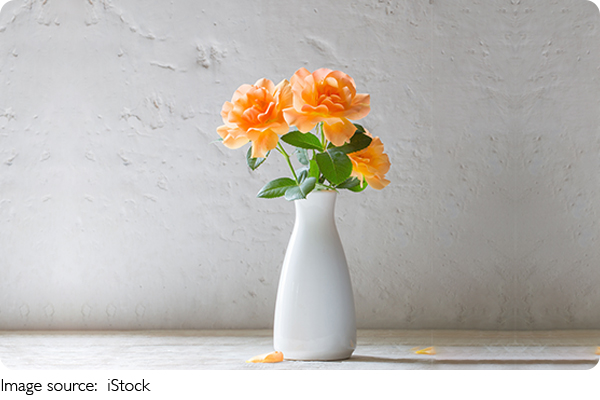Floral Culture Fusion

Have you ever wondered why floral arrangements look so different across various countries? The way flowers are arranged is more than just decoration — it reflects deep cultural values, beliefs, and traditions.
This article explores how diverse cultures shape floral design and why understanding these cultural influences adds new layers of appreciation to floral art.
Floral Design as Cultural Expression
Floral design is a unique form of artistic expression that intertwines with cultural identity. Different cultures have developed distinctive styles based on their environment, history, religion, and social customs.
For example, the minimalist elegance of Japanese ikebana contrasts sharply with the lush, vibrant bouquets favored in many Western celebrations. Each style tells a story about the people who created it and their relationship with nature and beauty.
Japanese Ikebana: Harmony and Simplicity
One of the most famous cultural flower arts is Japanese ikebana. This style emphasizes balance, harmony, and simplicity. Rather than just arranging flowers for color, ikebana uses asymmetry, empty space, and natural shapes to evoke feelings of tranquility and spiritual connection.
Rooted in Zen philosophy, ikebana teaches that every element — from the stems to the container — has meaning. This deep respect for nature and mindfulness creates a calm, meditative art form.
Western Floral Traditions: Abundance and Celebration
Western floral design often centers on abundance, color, and variety, symbolizing joy, celebration, and life's richness. From Victorian-era language of flowers to modern weddings, flower choices and arrangements convey messages and emotions.
For instance, red roses are commonly associated with love and passion, while lilies often symbolize purity. Western designs frequently use full, symmetrical bouquets that reflect prosperity and happiness.
Middle Eastern Influences: Intricate Patterns and Symbolism
In Middle Eastern cultures, floral design frequently intersects with intricate geometric patterns and symbolism. Flowers and plants are used in art and decoration to represent paradise, fertility, and divine beauty. Arrangements often include fragrant blossoms and greenery, emphasizing sensory experience.
Floral motifs appear in architecture, textiles, and even calligraphy, highlighting the deep cultural importance of natural beauty.
South Asian Floral Art: Vibrancy and Ritual
In South Asia, flowers are essential in spiritual and social rituals. Floral garlands and decorations play crucial roles in festivals, weddings, and ceremonies. The use of marigolds, jasmine, and water lily flowers is common due to their symbolic meanings related to purity, devotion, and prosperity.
South Asian floral designs are characterized by bright colors and elaborate patterns, reflecting the region's exuberant cultural energy.
How Environment Shapes Floral Choices
Cultural floral design is also influenced by the local environment and native plants. In tropical climates, floral arrangements tend to feature exotic, bold flowers like orchids and hibiscus. In contrast, temperate regions might favor seasonal flowers such as tulips and chrysanthemums.
This environmental connection ensures that floral art remains sustainable and meaningful to each culture's natural landscape.
The Impact of Globalization on Floral Art
Globalization has introduced cross-cultural influences in floral design, leading to exciting hybrid styles. Florists worldwide now blend traditional methods with modern trends, creating innovative arrangements that combine minimalism with extravagance or incorporate native plants into foreign design principles.
This fusion enriches floral art, making it more dynamic and accessible, yet it also raises questions about preserving cultural authenticity.
Why Cultural Awareness Matters in Floral Design
Understanding the cultural background behind floral arrangements enhances our appreciation and respect for these traditions. Whether you are a florist, event planner, or flower enthusiast, recognizing cultural meanings helps avoid misunderstandings and fosters genuine connection.
It also encourages the preservation of cultural heritage while inspiring creativity through cultural exchange.
Engage Your Senses and Curiosity
Next time you see a flower arrangement, take a moment to wonder about its origins. What culture inspired its style? What story does it tell? Floral design is not just about beauty; it is a dialogue between nature and human culture, carrying meanings that transcend language.
Exploring this secret language invites us to celebrate diversity and creativity in every bloom.

Have you experienced floral designs from different cultures? Which styles resonate with you most? Feel free to share your thoughts or favorite floral traditions!


